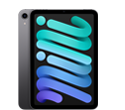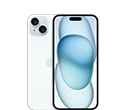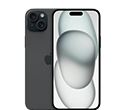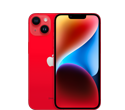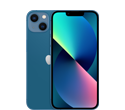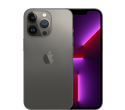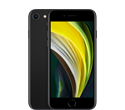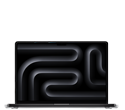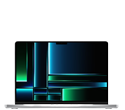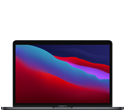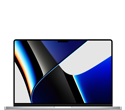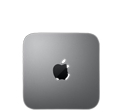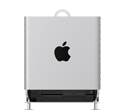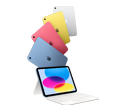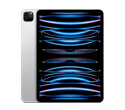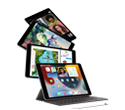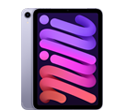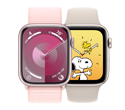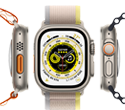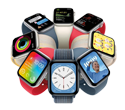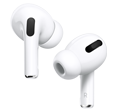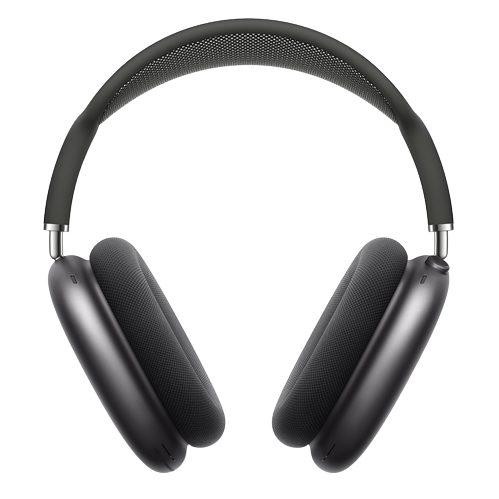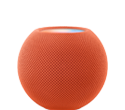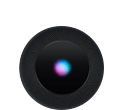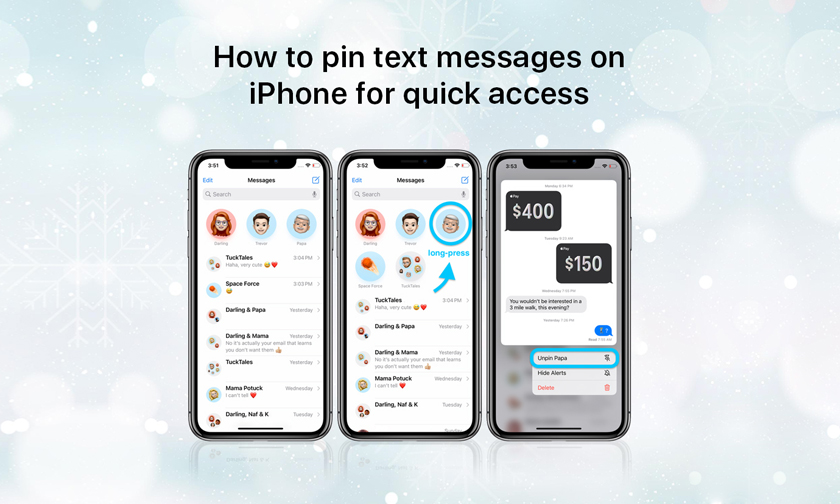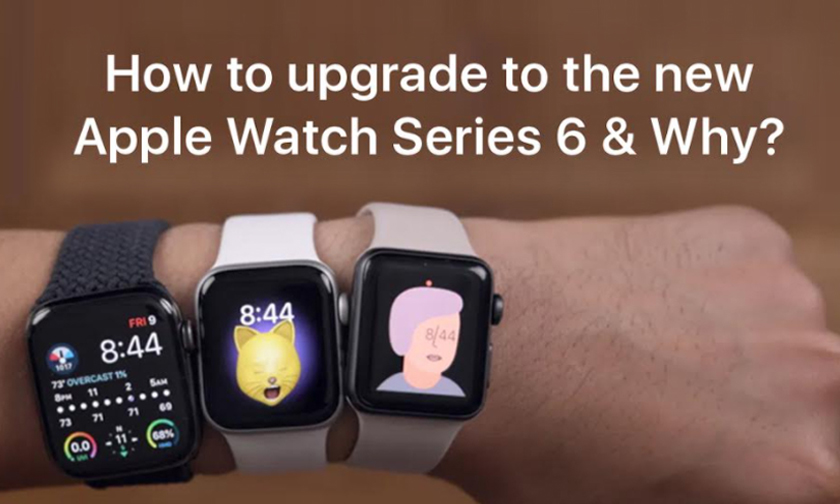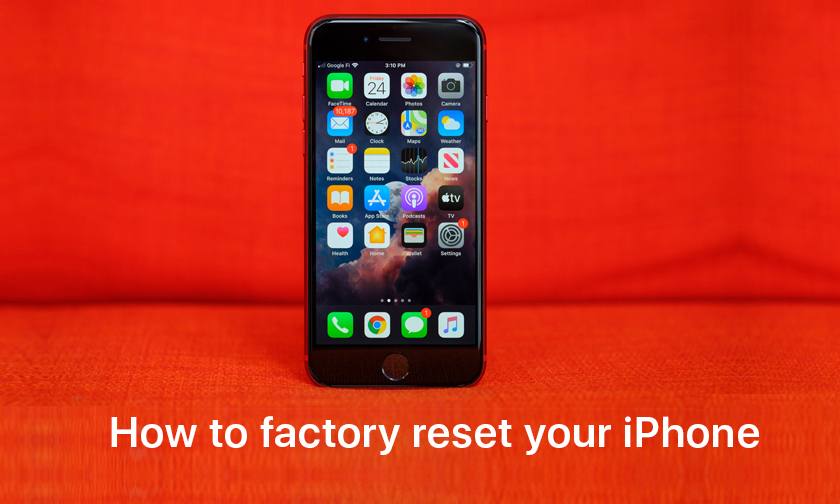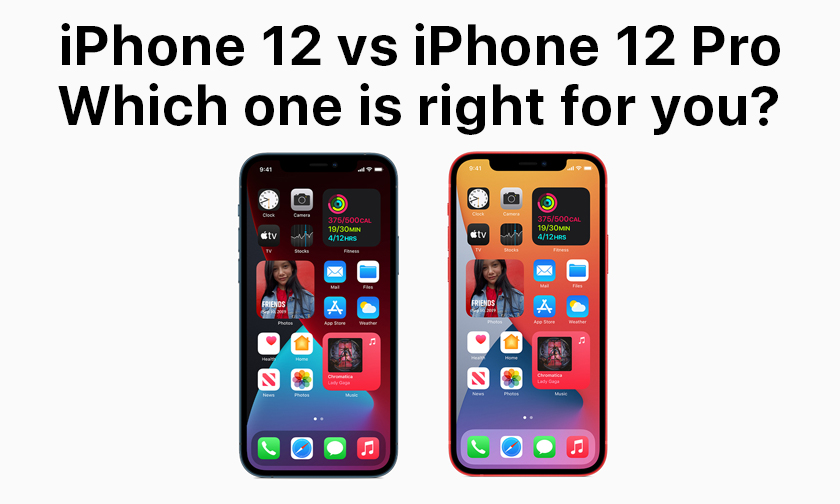
iPhone 12 vs iPhone 12 Pro. Which one is right for you?
On the surface, the iPhone 12 vs iPhone 12 Pro are very similar phones. They both feature 6.1-inch OLED displays with flat-edge designs and Apple’s A14 Bionic processor inside, but look a little closer, and there are several notable differences worth exploring.
If you’re shopping for a new iPhone 12, here’s everything you need to know about the iPhone 12 vs iPhone 12 Pro.
In this comparison, we focus specifically on the 6.1-inch iPhone 12 and the 6.1-inch iPhone 12 Pro. The iPhone 12 Pro and iPhone 12 Pro Max also share many of the same features, but there are notable differences in display size and camera technology.
Display :
The display technology between the iPhone 12 and the iPhone 12 Pro is nearly the same. Both devices feature a 6.1-inch Super Retina XDR display using OLED technology with a resolution of 2532 x 1170 pixels at 460 pixels per inch.
The one difference is that the iPhone 12 Pro display features a higher “typical” brightness than the iPhone 12 at 800 nits versus 625. The actual max brightness of the displays is the same, however, at 1200 nits, thanks to universal support for HDR.
The iPhone 12 and iPhone 12 Pro displays are both protected by Ceramic Shield technology, which Apple says offers 4x better drop performance than previous iPhones.
Design :
The iPhone 12 and iPhone 12 Pro are very similar in terms of design as well. Both devices also feature edge-to-edge displays with identically sized notch cutouts on the front to house the Face ID sensors.
The key difference in design is that the iPhone 12 is made out of what Apple calls “aerospace-grade aluminum” while the iPhone 12 Pro is made from “surgical-grade stainless steel.” This means that the iPhone 12 has a brushed aluminum finish, while the iPhone 12 Pro features a shiny stainless finish.
Both the iPhone 12 and the iPhone 12 Pro are rated for IP68 splash, water, and dust resistance. Under this rating, the iPhone 12 and iPhone 12 Pro can withstand submersion at a maximum depth of 6 meters for up to 30 minutes.
Performance and battery life :
Another area where the iPhone 12 and the iPhone 12 Pro are nearly identical is in regards to processor performance. Both devices feature Apple’s latest A14 Bionic process, the fastest chip in a smartphone. The A14 Bionic features two high-performance cores and four efficiency cores.
Both the iPhone 12 and the iPhone 12 Pro also feature the latest Neural Engine for improved machine learning features and capabilities. Apple says the new 16-core Neural Engine offers an 80% increase in performance compared to the prior generation.
The iPhone 12 Pro features 6GB of RAM, while the iPhone 12 features 4GB. The additional RAM in the iPhone 12 Pro lends itself to a handful of additional camera features
Finally, Apple says that the iPhone 12 and iPhone 12 Pro feature the same battery life:
- Video playback: Up to 17 hours
- Video playback (streamed): Up to 11 hours
- Audio playback: Up to 65 hours
Both devices also support fast-charging for getting an up to 50% charge in 30 minutes with a 20W power adapter. There’s also support for 7.5W Qi wireless charging and 15W wireless charging when using a MagSafe wireless charger.
Connectivity :
The iPhone 12 lineup is the first iPhone lineup to include5G connectivity, and that extends to the iPhone 12 as well as the iPhone 12 Pro. This means that regardless of which iPhone model you buy, you’ll get the fastest version of 5G available in your area.
Camera :
Where the iPhone 12 and iPhone 12 Pro really start to differ, however, is in terms of camera technology.
The iPhone 12 features a dual-camera system with a 12MP ultra wide lens and a 12MP wide lens. You also get software features such as Night mode and Deep Fusion processing alongside optical image stabilization and more.
Here are the iPhone 12 camera features:
- Dual 12MP camera system: Ultra Wide and Wide cameras
- Ultra Wide: ƒ/2.4 aperture and 120° field of view
- Wide: ƒ/1.6 aperture
- 2x optical zoom out
- Digital zoom up to 5x
- Portrait mode with advanced bokeh and Depth Control
- Portrait Lighting with six effects (Natural, Studio, Contour, Stage, Stage Mono, High?Key Mono)
- Optical image stabilization (Wide)
- Five?element lens (Ultra Wide); seven?element lens (Wide)
- Brighter True Tone flash with Slow Sync
- Panorama (up to 63MP)
- Sapphire crystal lens cover
- 100% Focus Pixels (Wide)
- Night mode (Ultra Wide, Wide)
- Deep Fusion (Ultra Wide, Wide)
- Smart HDR 3 with Scene Detection
- Wide color capture for photos and Live Photos
- Lens correction (Ultra Wide)
- Advanced red?eye correction
- Auto image stabilization
- Burst mode
- Photo geotagging
- Image formats captured: HEIF and JPEG
On the other hand, the iPhone 12 Pro features a triple-camera setup consisting of ultra, wide, and telephoto lenses. You also get support for Night mode when using portrait mode, which is made possible by the all-new LiDAR Scanner, exclusive to the iPhone 12 Pro.
Another one of the key differences is that the iPhone 12 Pro features support for Apple’s new ProRAW photo format, which will give iPhone photographers more control over their images and new tools for post-processing.
Here are the iPhone 12 Pro camera features:
- Pro 12MP camera system: Ultra Wide, Wide, and Telephoto cameras
- Ultra Wide: ƒ/2.4 aperture and 120° field of view
- Wide: ƒ/1.6 aperture
- Telephoto: ƒ/2.0 aperture
- 2x optical zoom in, 2x optical zoom out; 4x optical zoom range
- Digital zoom up to 10x
- Night mode portraits enabled by LiDAR Scanner
- Portrait mode with advanced bokeh and Depth Control
- Portrait Lighting with six effects (Natural, Studio, Contour, Stage, Stage Mono, High?Key Mono)
- Dual optical image stabilization (Wide and Telephoto)
- Five-element lens (Ultra Wide); six?element lens (Telephoto); seven-element lens (Wide)
- Brighter True Tone flash with Slow Sync
- Panorama (up to 63MP)
- Sapphire crystal lens cover
- 100% Focus Pixels (Wide)
- Night mode (Ultra Wide, Wide)
- Deep Fusion (Ultra Wide, Wide, Telephoto)
- Smart HDR 3 with Scene Detection
- Apple ProRAW
- Wide color capture for photos and Live Photos
- Lens correction (Ultra Wide)
- Advanced red-eye correction
- Photo geotagging
- Auto image stabilization
- Burst mode
- Image formats captured: HEIF and JPEG
The iPhone 12 and iPhone 12 Pro feature the same video recording capabilities, except that the iPhone 12 Pro can record Dolby Vision HDR at up to 60 fps, while the iPhone 12 Dolby Vision support is limited to 30 fps. The iPhone 12 Pro also has a higher digital zoom during recording at 6x versus 3x and 2x optical zoom in support.
Tags : IPhone IPhone12 IPhone12Pro
Author : idelta
Search
Recent Posts

iDelta | All rights reserved



